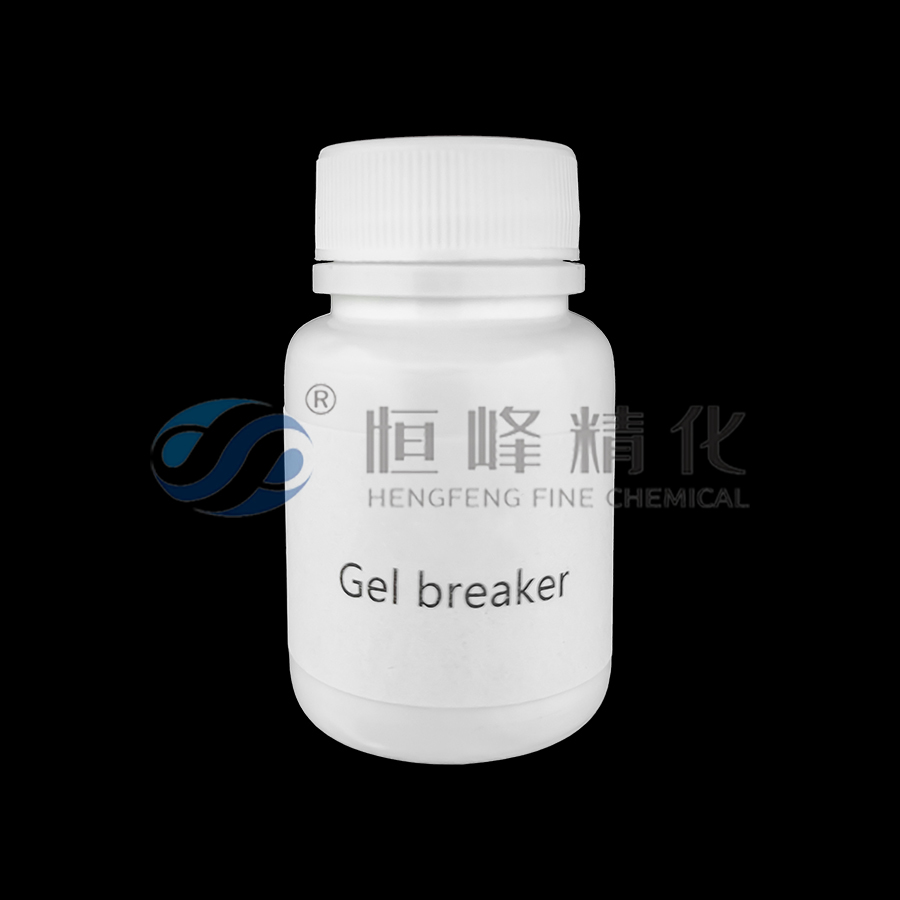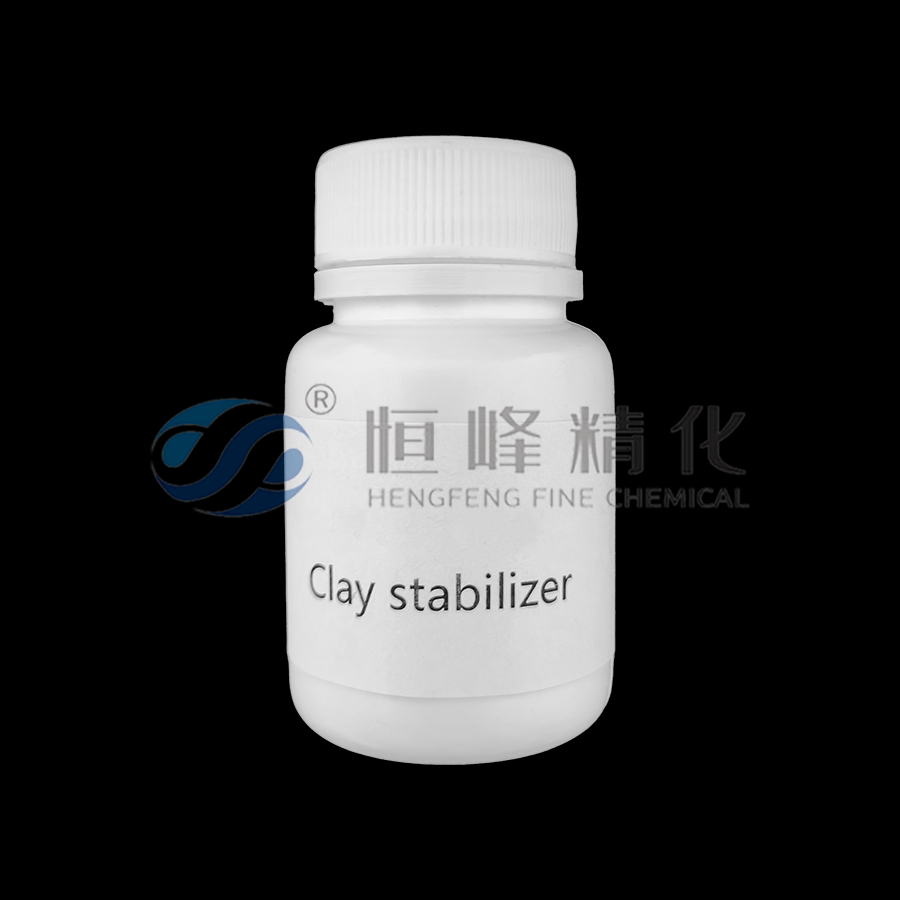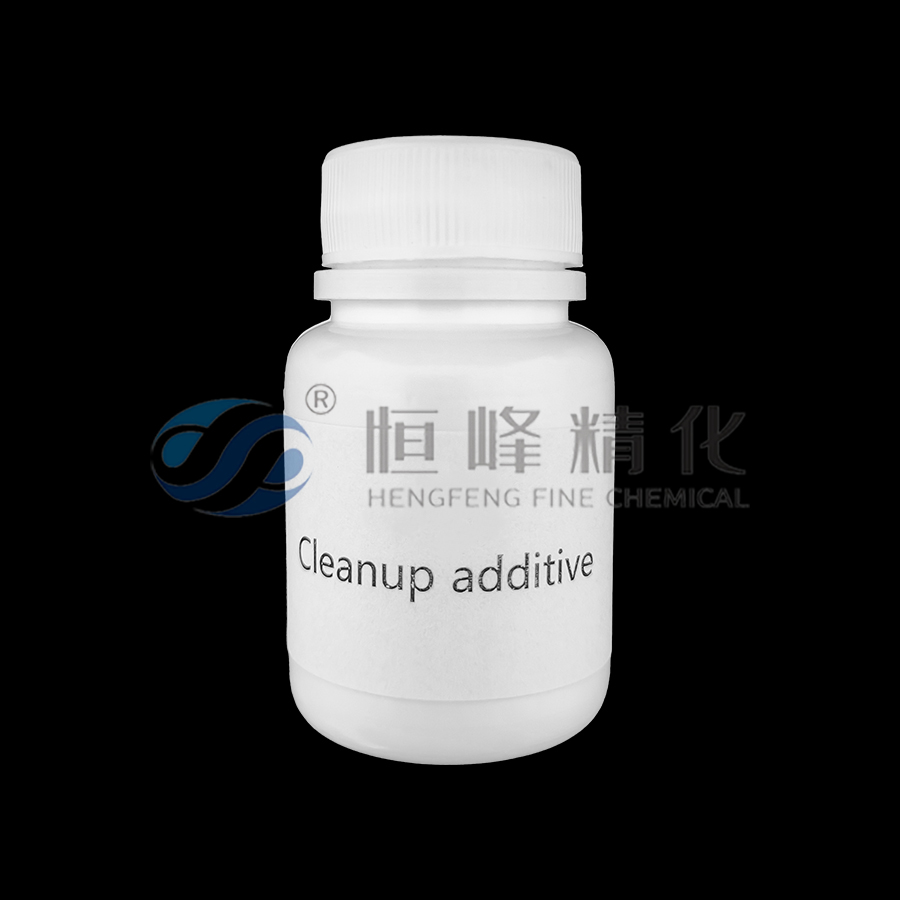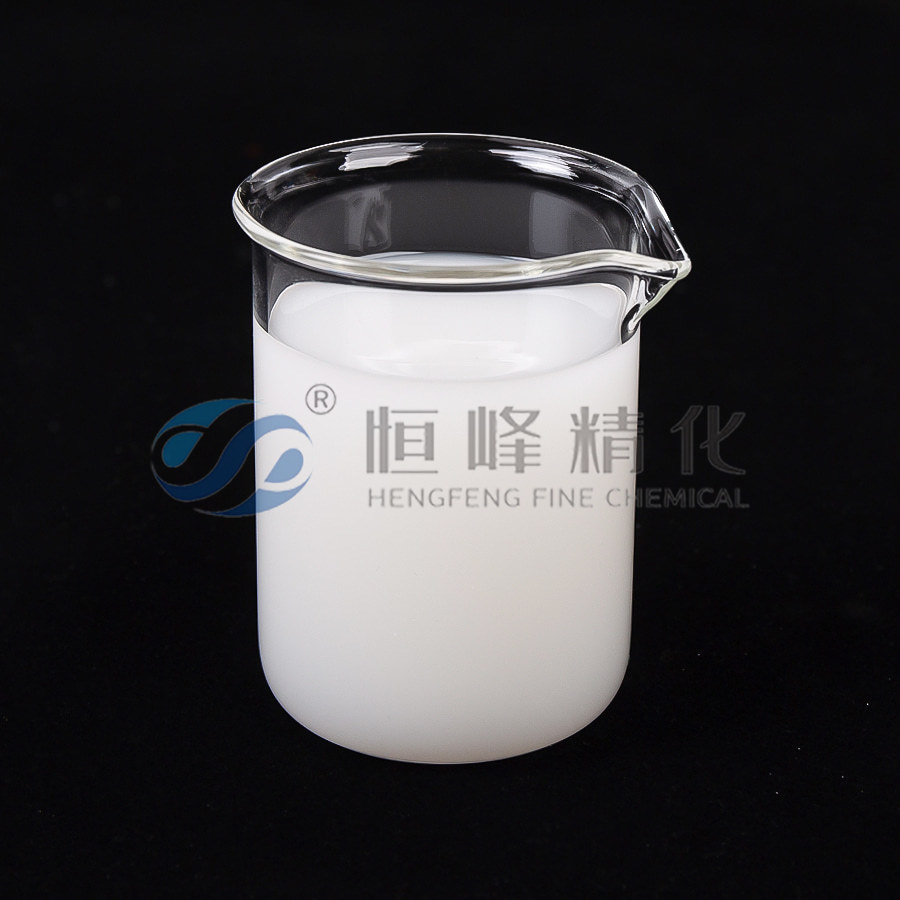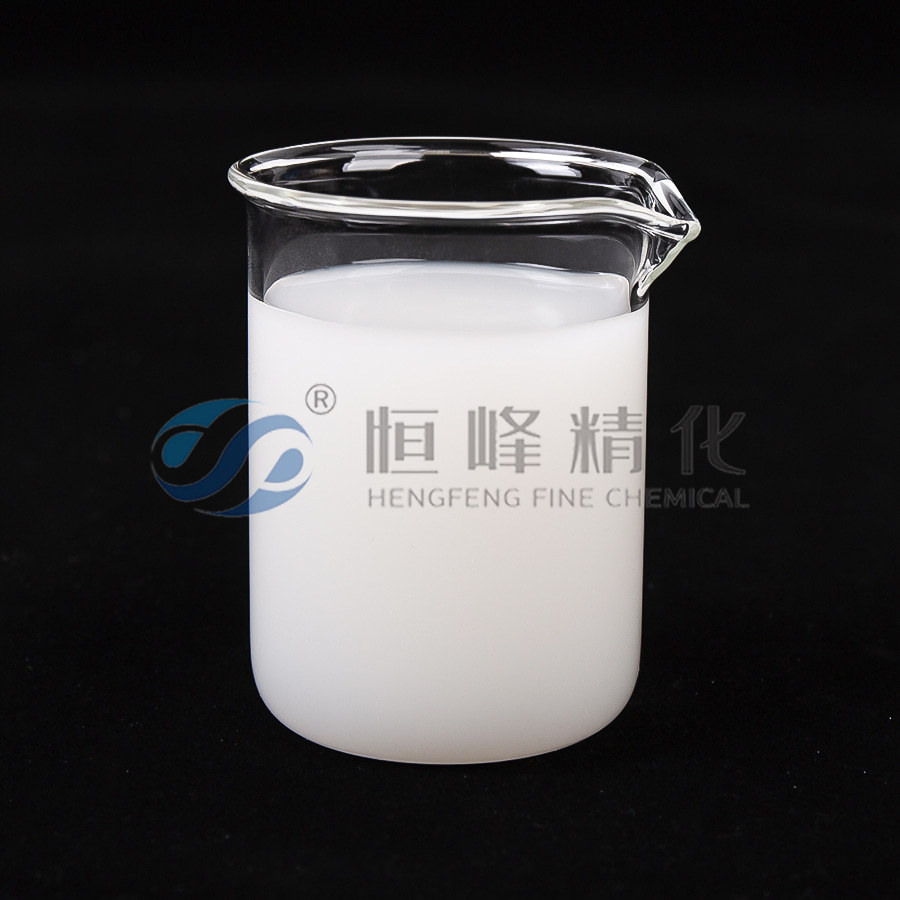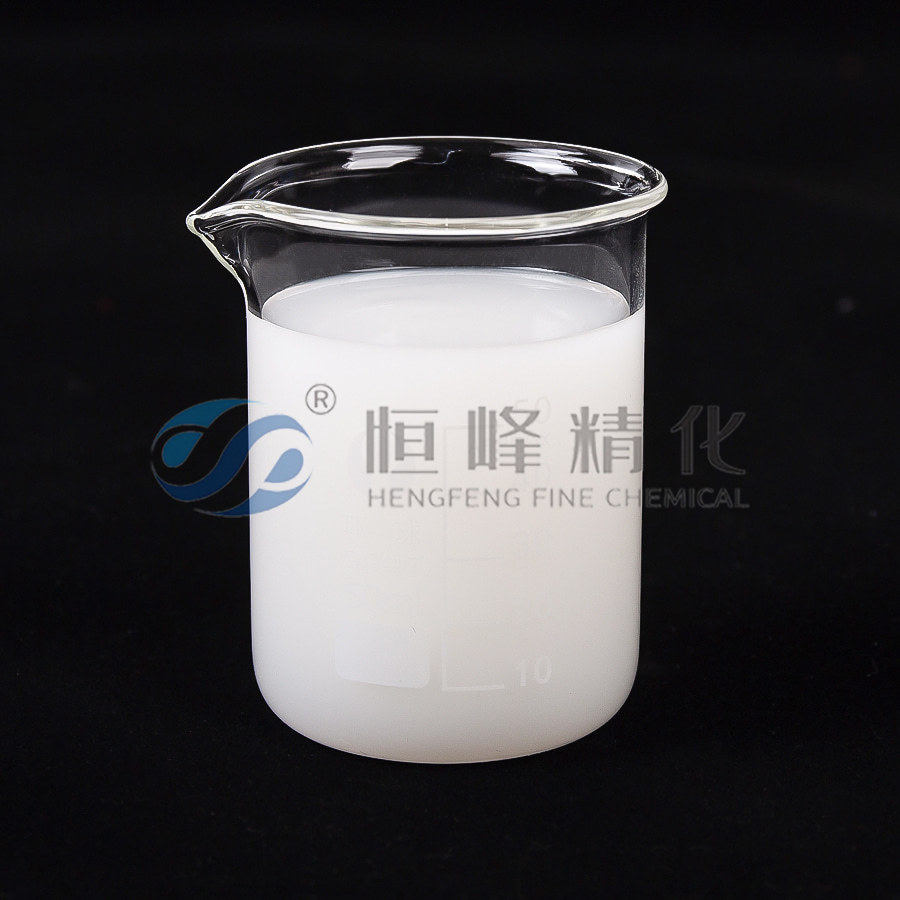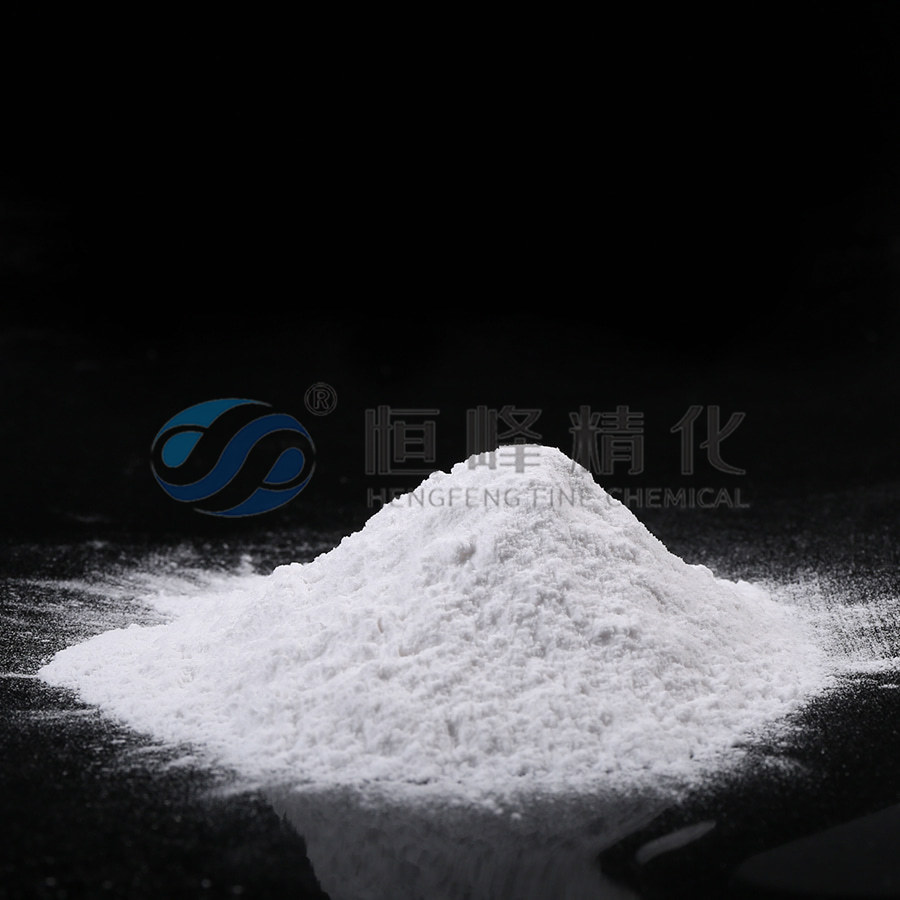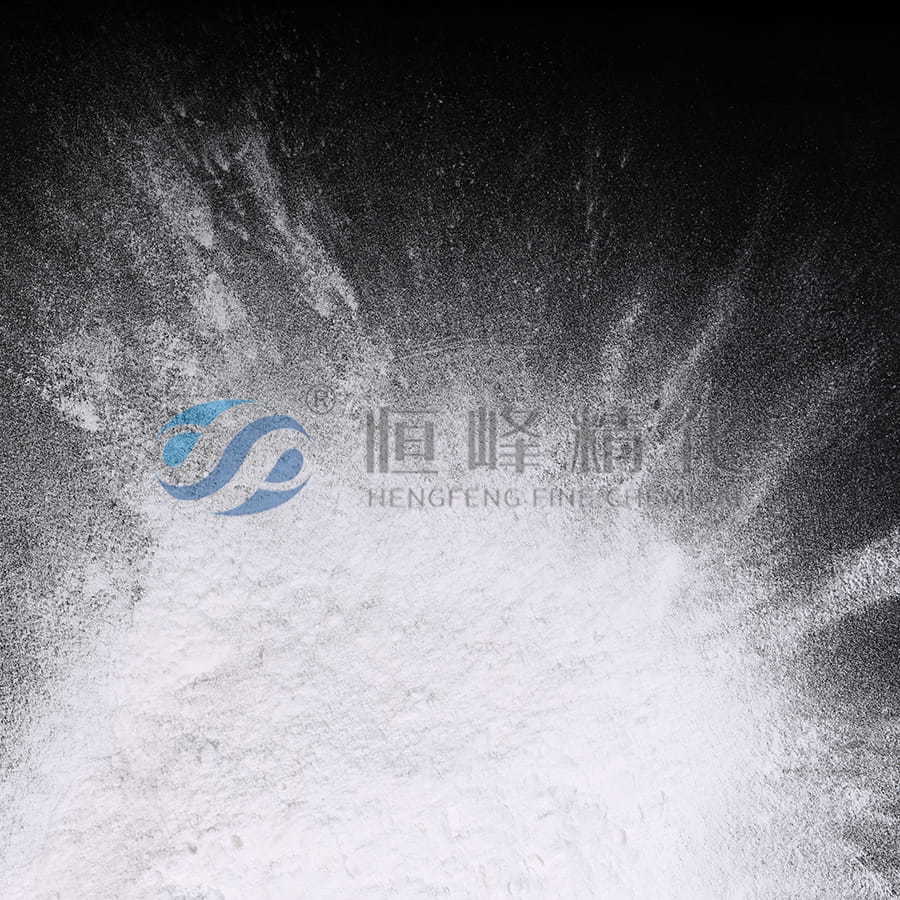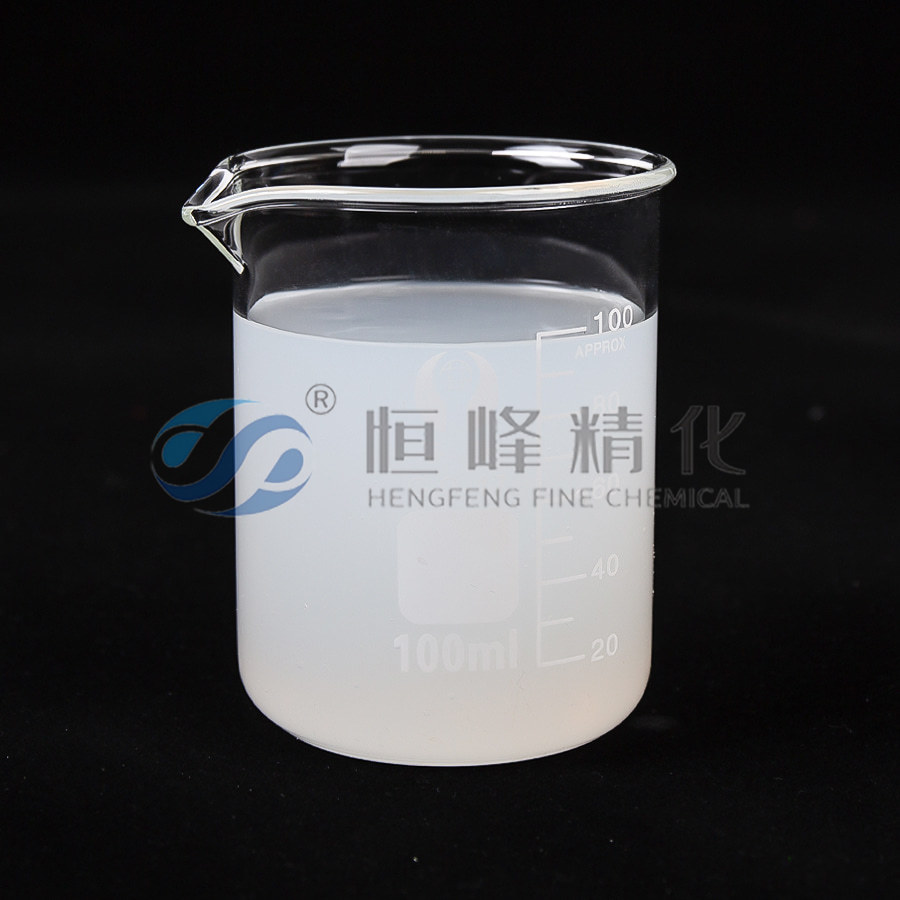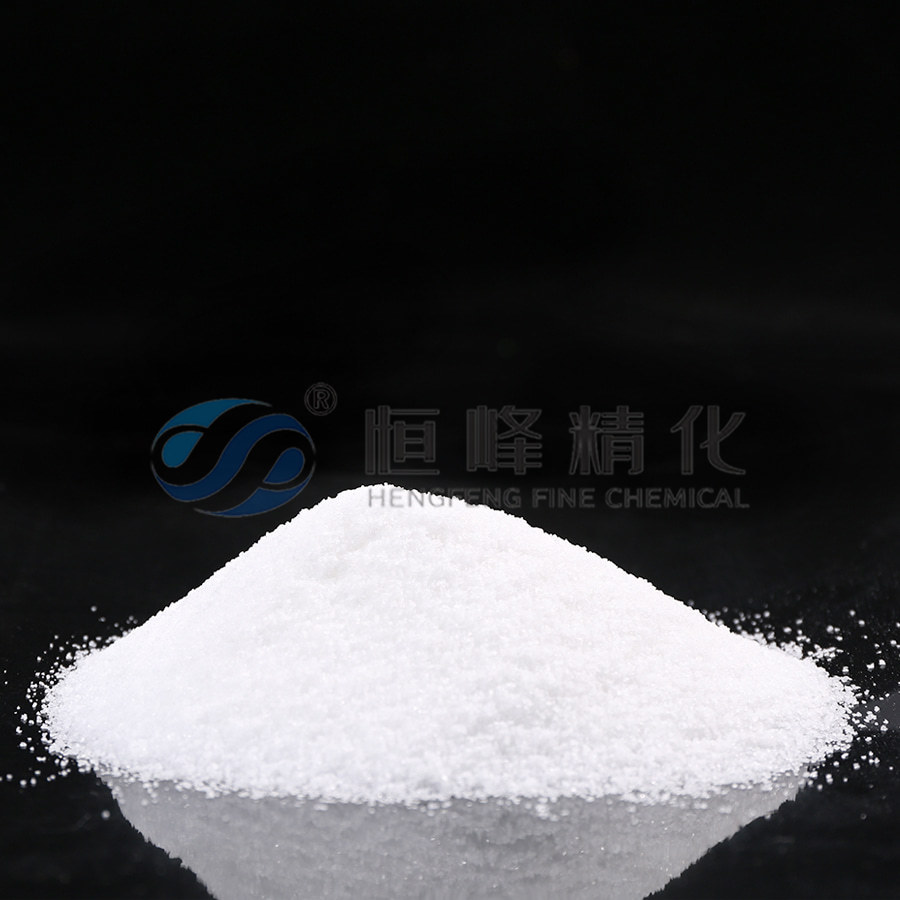Ensuring Clean Water Post-Treatment: How to Remove Residual Flocculants
Flocculants are a vital tool in mineral processing, helping to separate fine particles from water by promoting aggregation. This solid-liquid separation enhances mineral recovery, improves yield, and facilitates the removal of contaminants from wastewater. However, one key concern that often arises from their use is how they affect the quality of water after treatment. Will the flocculant leave behind any residues in the water, and if so, how can these be effectively removed to meet environmental standards and ensure safe discharge?
In cases, residual mineral processing flocculant can remain in the water post-treatment, although the impact depends on several factors such as the type of flocculant used, its dosage, and the specific mineral or material being processed. The nature of the flocculant—whether it’s organic or inorganic—also influences the behavior of the residuals. Organic flocculants, for example, tend to break down into harmless compounds, but their byproducts could still affect water quality if not managed properly. In contrast, inorganic flocculants might leave behind more persistent residues that require more thorough removal.
To mitigate the effects of residual flocculants, several techniques are commonly employed in the industry. The straightforward method is to optimize the dosing of the flocculant, ensuring that only the required amount is used for the separation process. Overuse of flocculants increases the risk of excess residuals, which can then affect the clarity and chemical composition of the treated water. Monitoring the dosing process closely and adjusting it as needed can help in reducing flocculant residue in the effluent.
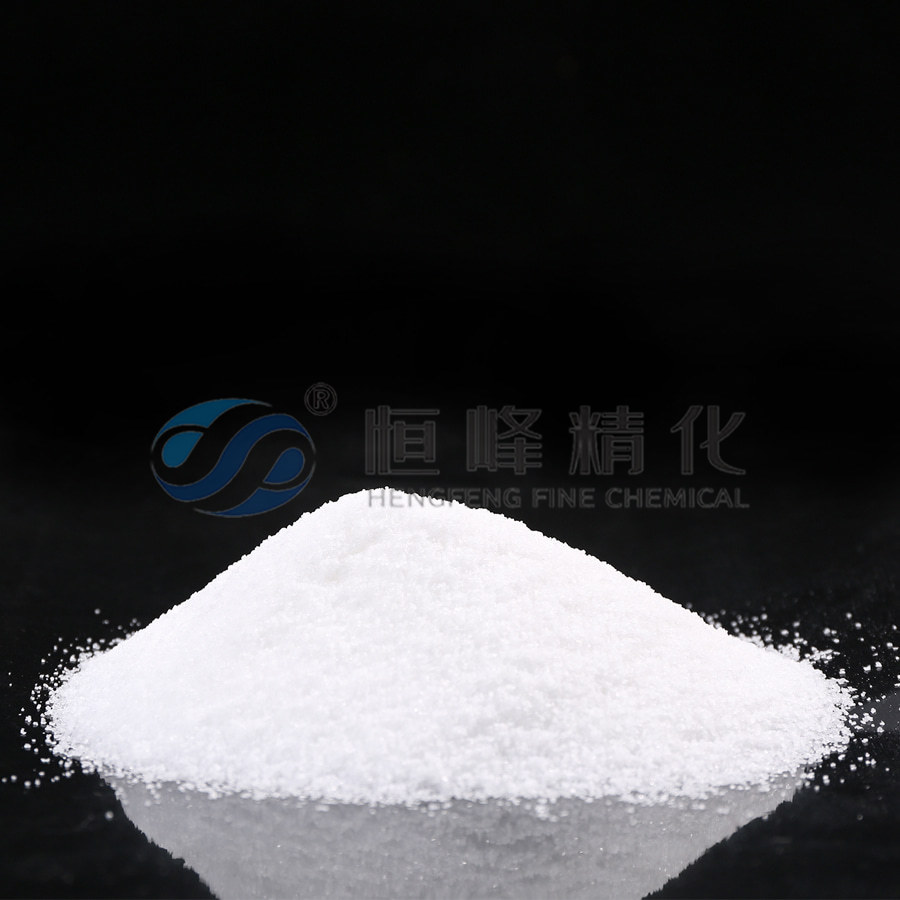
For cases where residual flocculants do remain in the water, additional treatment steps can be incorporated. One effective solution is to use a secondary coagulation or filtration stage. Coagulants can be introduced after the flocculation process to bind any remaining flocculant molecules and facilitate their removal. Filtration, either through sand filters or membrane filtration systems, can also capture and remove flocculant particles, leaving the water clear and safe for discharge or reuse.
Another option is the use of flotation technology, which relies on the introduction of air bubbles to float suspended particles, including flocculant residues, to the surface, where they can be skimmed off. This method is often employed in larger-scale operations where the volume of water being processed is significant.
Ultimately, the effectiveness of removing residual mineral processing flocculants is not just about the removal process itself but also the choice of flocculant. High-quality, well-chosen flocculants that break down quickly into harmless components will naturally result in cleaner post-treatment water, reducing the need for extensive additional treatment. Additionally, many modern flocculants are designed with sustainability in mind, providing a more eco-friendly solution that minimizes the environmental impact.
Ensuring that flocculants do not negatively affect water quality post-treatment is crucial, especially in industries with stringent environmental regulations. By carefully selecting the right flocculant and incorporating proper treatment methods, businesses can safeguard both their processes and the surrounding environment. The right balance of efficiency and environmental responsibility will not only enhance operational outcomes but also align with sustainability goals in the long run.


 English
English Español
Español عربى
عربى Русский
Русский Tiếng Việt
Tiếng Việt




